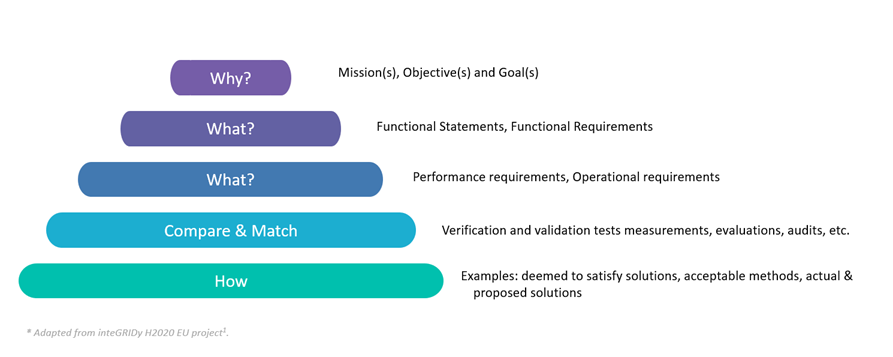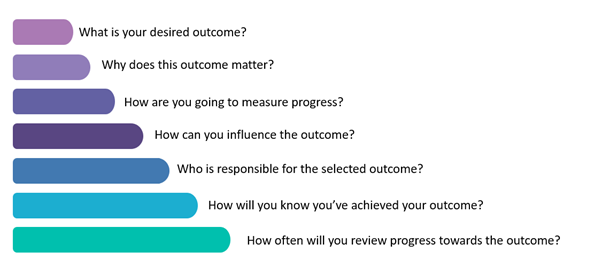From early on the proposal development stage, we like to include Key Performance Indicators (KPIs) to show how important it is for us to determine and identify risks, track progress, and monitor performance towards a successful completion of targets.
Since we consider that KPIs are key in H2020 proposals, we want to explain to you in more detail what these all are about, so you can start using them as well.
What are they?
A KPI, or a Key Performance Indicator is a measurable value that demonstrates how effectively a company, organization, or in this case consortium, is achieving its key objectives. A KPI will help you evaluate your success at reaching targets or particular activities in which you get engaged. For example, in support of operational, technical and socio-economic impact assessments.
KPIs embody strategic objectives and measure performance against a specific target.
Which one to use?
Selecting the right set of KPIs is a complex task and requires special effort and clear understanding of the specific objectives. Therefore, what matters is to measure relevant things that will help answer the most important questions shown below:

1 inteGRIDy H2020 EU project, 2017. D 1.4. - inteGRIDy Global Evaluation Metrics and KPIs. 107pp.
Depending on your industry and the specific area you are interested in tracking, there are a number of KPI types you will want to monitor. Each area will want to measure success based on specific goals and targets. Thus, KPIs will define a set of values against which to measure. These raw sets of values, which can be fed to systems that aggregate the data, are called indicators. There are two categories of measurements for KPIs.
- Quantitative facts without distortion from personal feelings, prejudices, or interpretations presented with a specific value - objective- preferably numeric measured against a standard.
- Qualitative values based on or influenced by personal feelings, tastes, or opinions and presented as any numeric or textual value that represents an interpretation of these elements.
An 'indicator' can only measure what 'has' happened. Any KPI that attempts to measure something in a future state as predictive, diagnostic or prescriptive is no longer an 'indicator' it is a 'prognosticator' and thus, analytics (possibly based on a KPI).
How to define it?
Another way you can see it is relating it to the outcome. Follow these steps when defining a KPI:

A good KPI should be constantly monitored and should indicate what actions need to take place. They should be detailed enough and on a basic level, and not being a result of many activities (as for instance return on capital). Furthermore, KPIs should be monitored in the lowest possible granularity, as for instance the smart meters do measure consumption rates per second.
Lastly, don't mix Metrics vs KPIs!
There’s a lot of confusion between these two terms and it is easy to mix them up. Let’s talk about the difference between them.
- Metrics are simply quantifiable measurements used to track and assess the status of a specific process. A measure is a fundamental or unit-specific term—a metric can literally be derived from one or more measures. This is why the term metric has a more goal or performance nuance attached to it.
- KPIs are measurable values that demonstrates how effectively an organization is achieving key business/technical/operational objectives. With KPIs in place you can set appropriate goals, develop strategies to reach them and evaluate your progress, and eventually have a historical record of your performance.
Metrics are cold hard data. What you do with them is up to you. KPIs, on the other hand, are directly aligned with your goals. These are the metrics or calculations that tell you how successful your strategies are at achieving specific goals.
With metrics, think broad. With key performance indicators, think deep.
For example, a metric may monitor website traffic compared to a traffic goal, whereas a key performance indicator would monitor that same site traffic but only insofar as it’s related to, say, content downloads.
KPIs in H2020
For examples on how KPIs are used in H2020 you can check the resources from the following projects:
- D 1.4. - inteGRIDy Global Evaluation Metrics and KPIs from inteGRIDy project.
- Horizon 2020 indicators
- KPIs from Open Budgets EU project
- Common methodology and KPIs for design, testing and validation from CREATE-IoT Project




